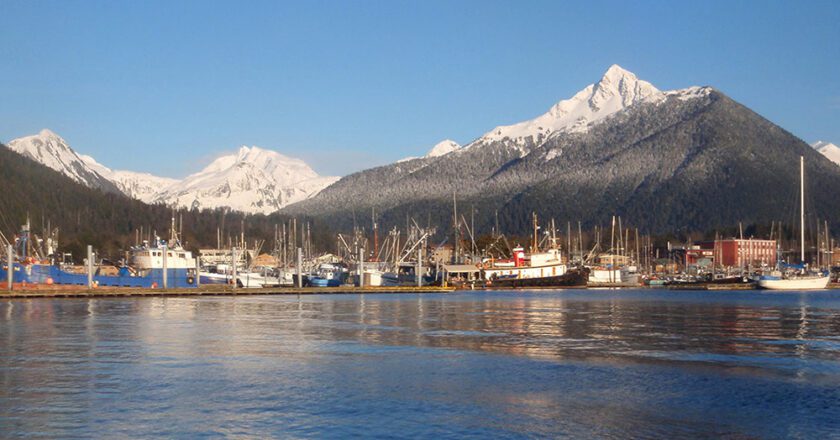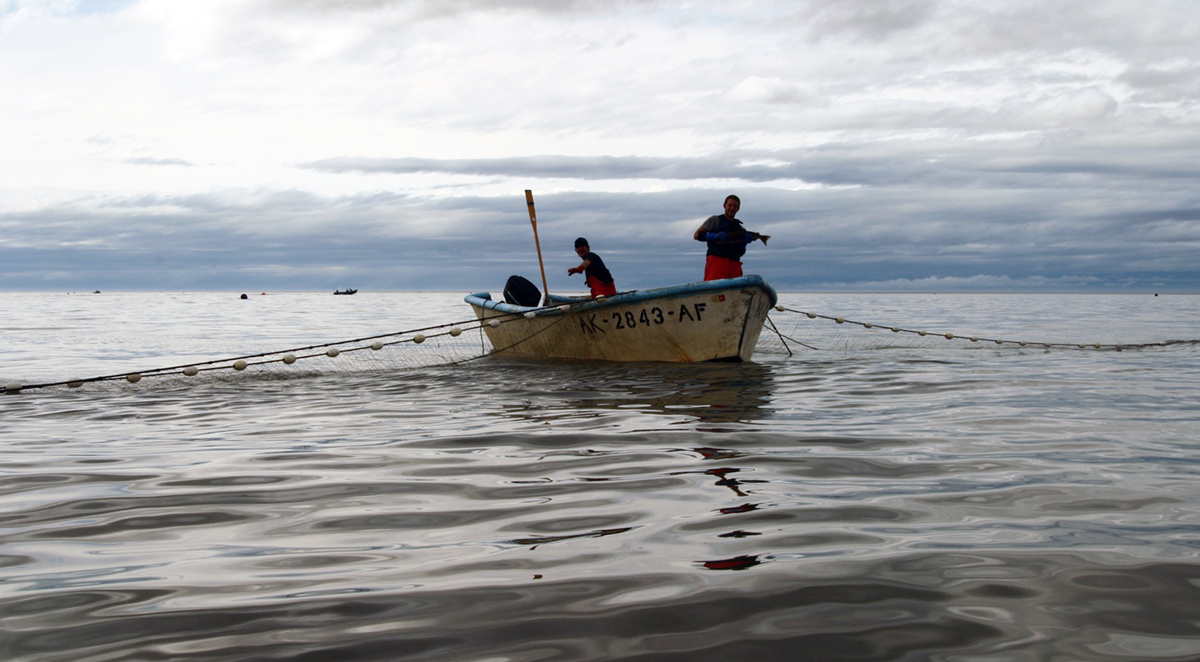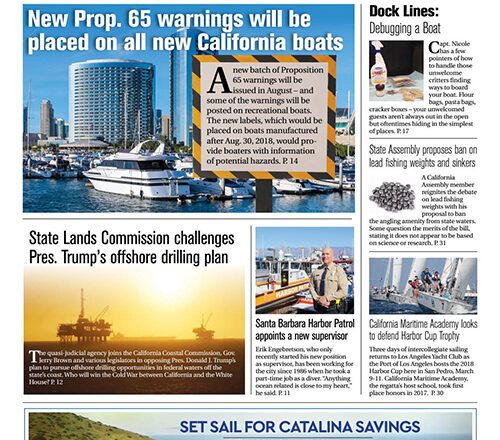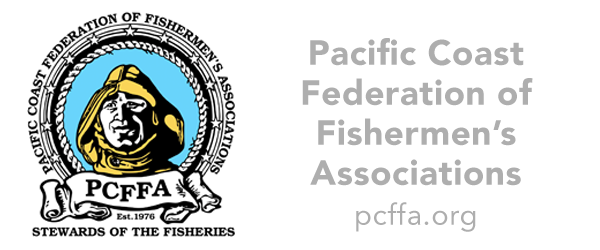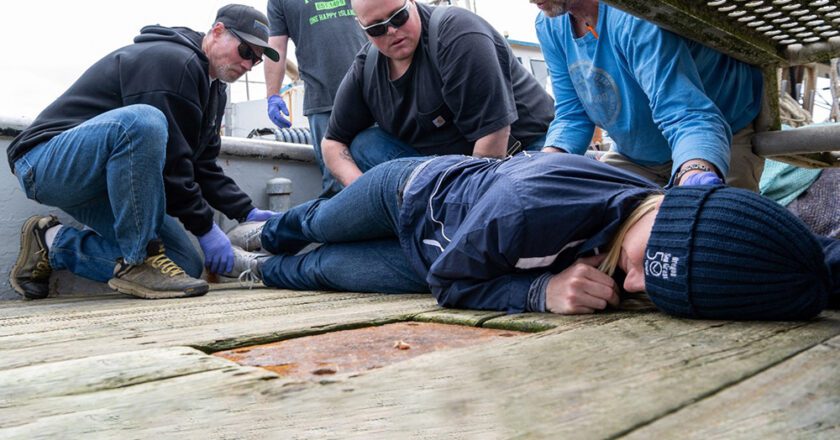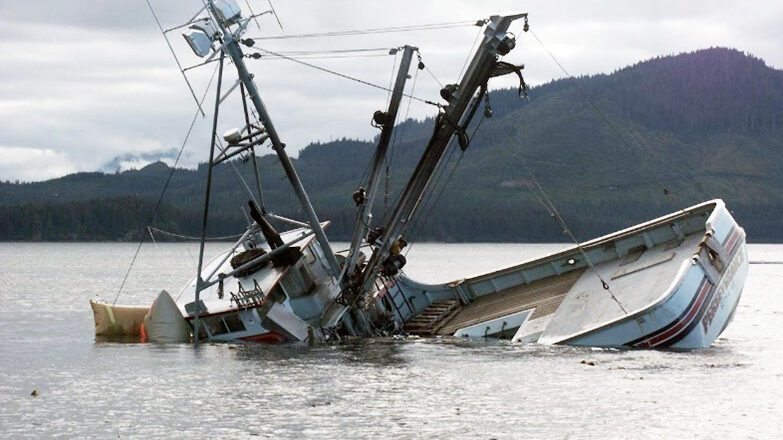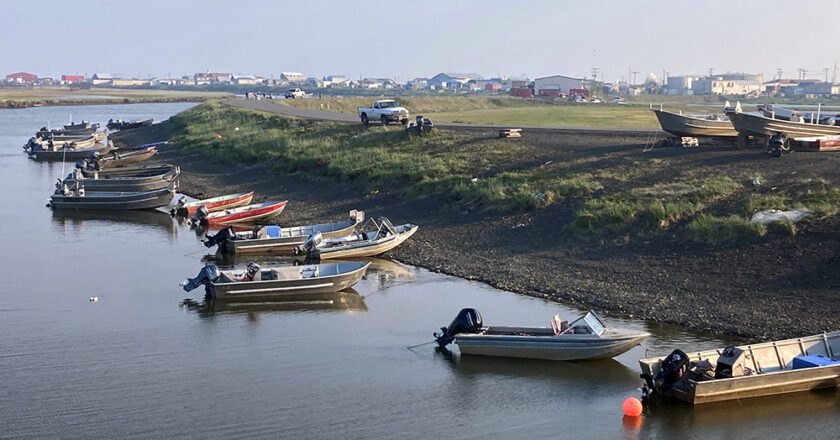Dental Emergencies at Sea
Although we usually think of emergencies at sea in terms of fire, capsizing, flooding or personal injury, a dental problem can also cut short a fishing opening or even require an emergency medivac.
Let’s take a look at some common dental problems and how to deal with them onboard.
Infections
Infections involve either the pulp tissue inside the tooth or the gum tissue around the tooth. Signs and symptoms can include loose teeth or sensitivity to hot, cold or biting. Redness or swelling in the gum tissue or on the face occur in the later stages and should be treated promptly by a dentist.
Treatment at sea could include oral antibiotics; have an in-date supply onboard before problems arise. They may be successful in somewhat suppressing the infection, but won’t cure the problem. A gum s...


